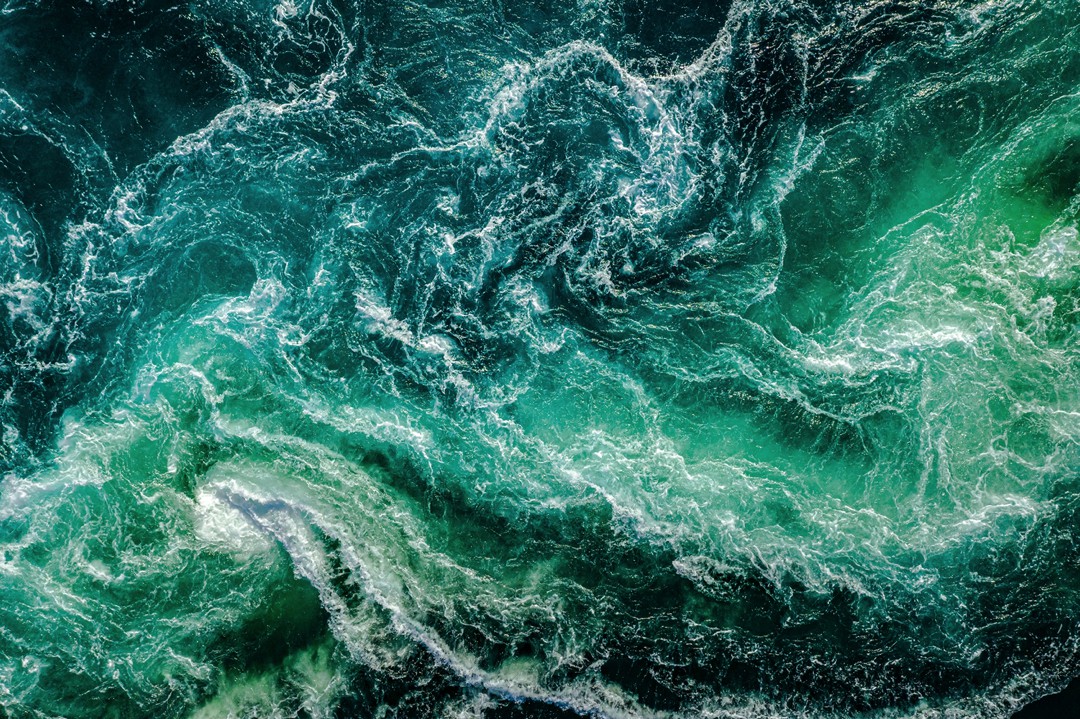
Thallium occurs naturally in small quantities in the environment. Humans do not widely use thallium; it was formerly mainly used as a rat poison and now sometimes a component in the electrotechnical and chemical industry. Thallium is partly soluble in water. As a result, when the soil contains large amounts of thallium, it can spread through the groundwater. Thallium can also spread through the adsorption of sludge. This is how thallium enters our drinking water.
Thallium is a chemical element from the main group of metals. Thallium is counted among the heavy metals. It is a very soft and malleable metal. It naturally has a metallic sheen but becomes a blue-grey material on contact with oxygen. It is common in the earth’s crust and is often found together with potassium. There are also many traces of thallium in ore of copper, lead, and zinc. There are two stable isotopes known from thallium and 25 radioactive isotopes. Thallium is in the periodic table with the symbol Tl and atomic number 81.
Thallium occurs naturally in the earth’s crust and is soluble in water. Therefore, if there are high levels of thallium in the soil, it can end up in groundwater. Thallium can move reasonably well through the soil and can also spread through muddy soil.
However, thallium is not often used by humans due to its extremely high toxicity. Previously it was sometimes found in pesticides or rat poison, but now it is forbidden. Today, a few thallium applications are in photocells, in infrared optical equipment, glass production, and superconductors at high temperatures. It is very important that factories that work with thallium process this safely and carefully to prevent pollution of the environment.
Thallium is extremely toxic to humans, animals, and plants. The human body absorbs very well through the skin, respiratory organs, and digestive tract. So there is no good biological barrier that can protect against thallium ingestion.
Thallium has been extensively used as a poison because of its extreme toxicity. Saddam Hussein, among others, has poisoned many dissidents with thallium. Because it takes a while for it to take effect, some dissidents had even left the country and thought they were safe.
Thallium poisoning occurs when ingesting thallium. Symptoms of thallium poisoning include:
Ingestion of a large dose of thallium will cause rapid death. Small amounts of thallium can accumulate in the body. Thallium can cause congenital abnormalities in unborn children. Extra caution is therefore required for pregnant women.
Yes, ZeroWater filters 98% thallium from tap water. The Premium 5-stage Ionization Changer Filtration System removes more impurities than the standard 2-stage filters. During the test, ZeroWater had 150 liters of filtered water (double the prescribed use) tested by an independently certified external laboratory. The test results are based on the NSF/ANSI test protocol of flow-through equipment for contaminants listed under the national primary drinking water standards.